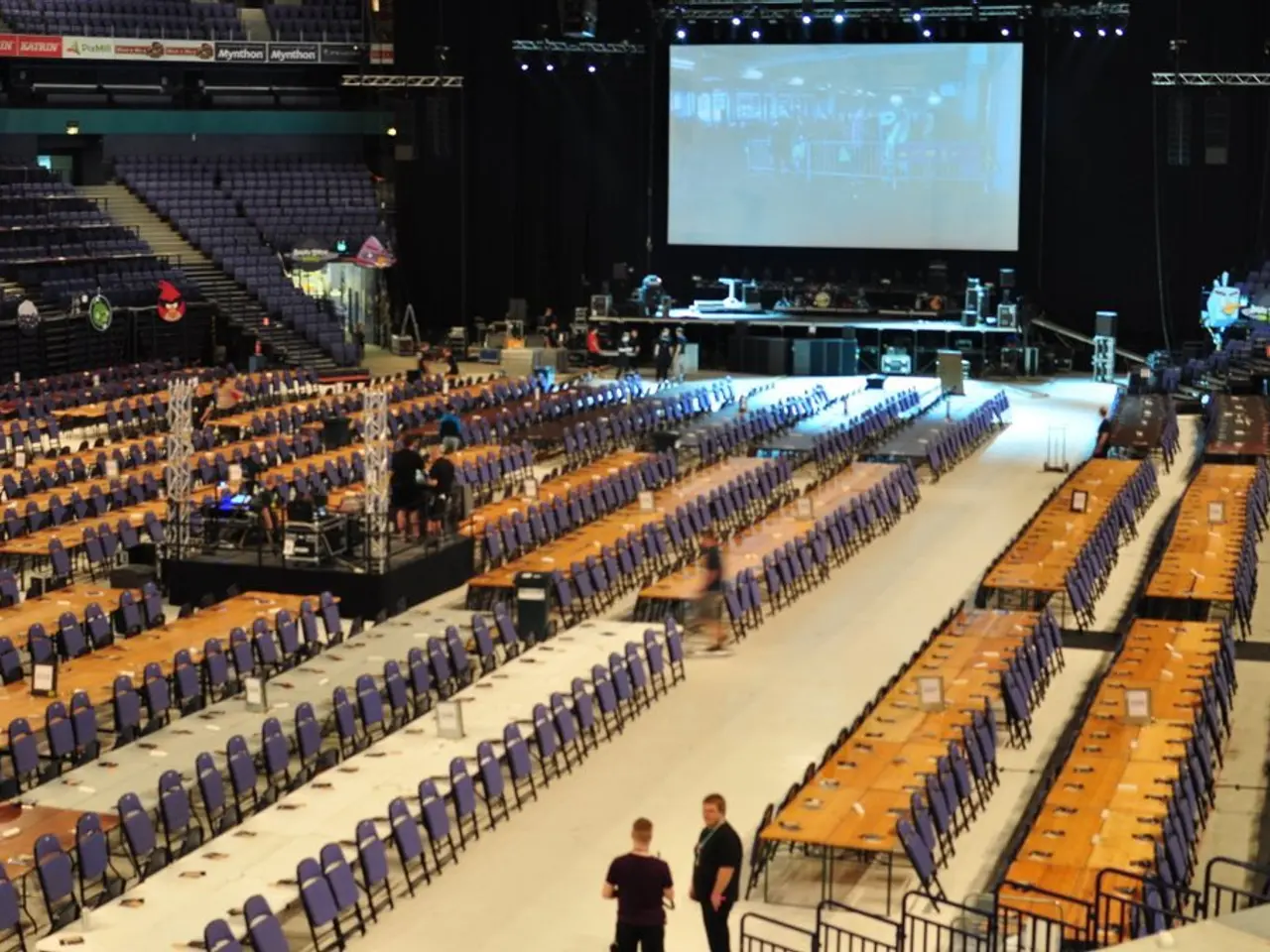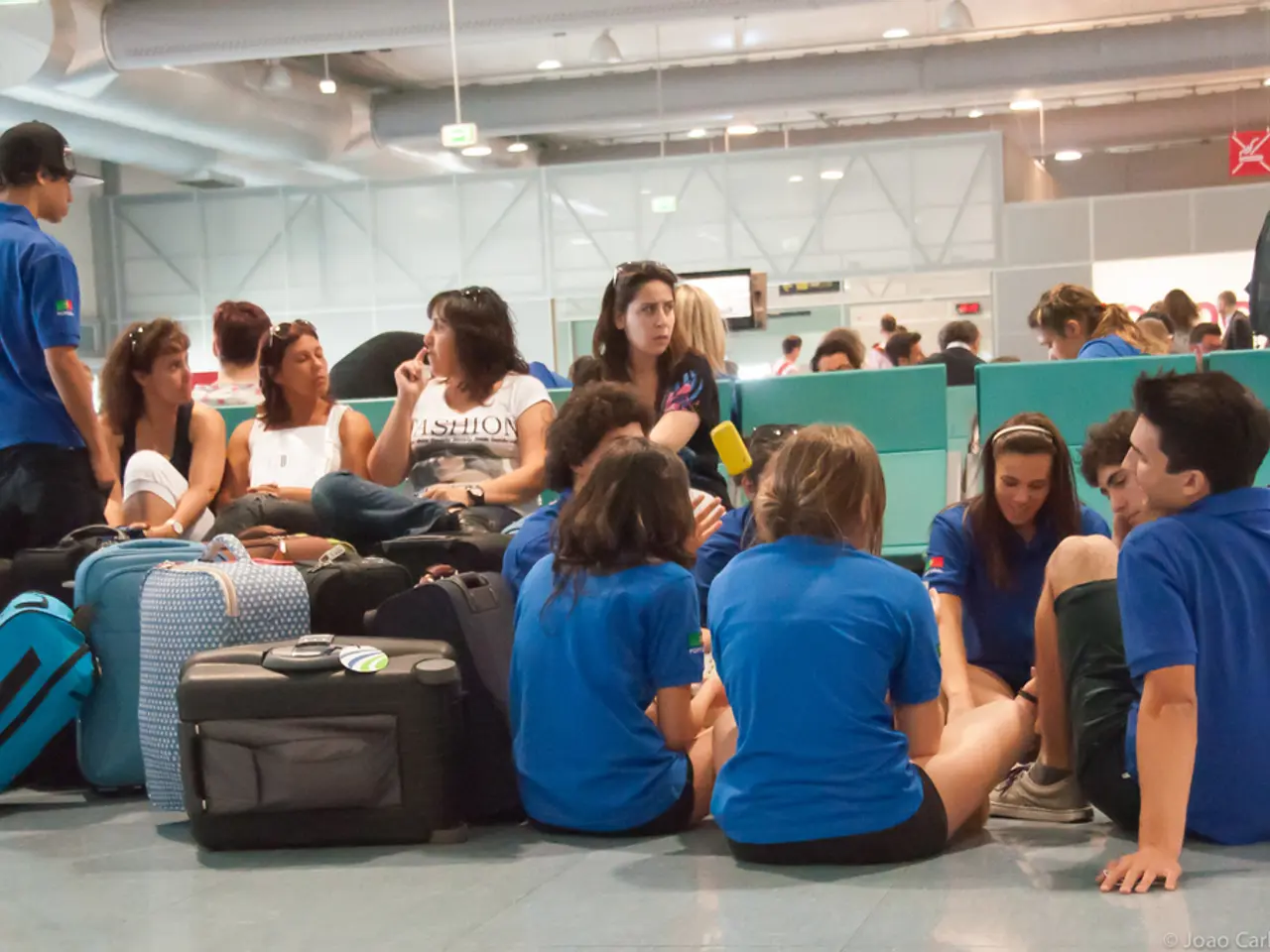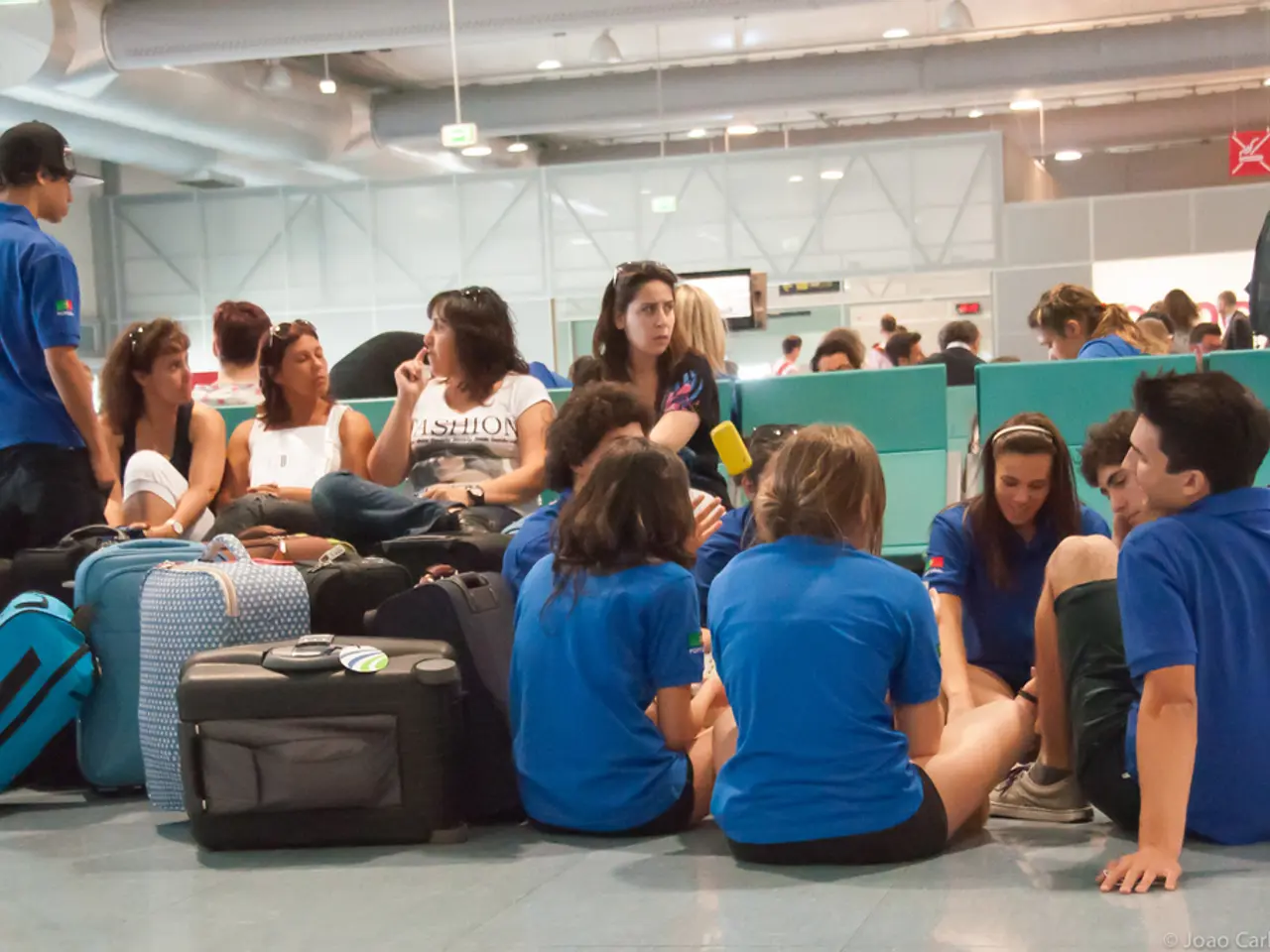Stadium of Light in Lisbon to undergo a radical renovation, being rebranded as 'Benfica District' in the design plans
Benfica District: Transforming Estádio da Luz into a World-Class Hub
Lisbon's iconic Estádio da Luz, home to football powerhouse Benfica, is undergoing a significant transformation as part of the Benfica District project. The ambitious undertaking aims to modernize the stadium facilities, turning it into a world-class sports, culture, and entertainment hub.
The project, led by club president Rui Costa, will see the seating capacity of Estádio da Luz increase from around 65,000 to 80,000 seats, making it suitable to host major international events such as the 2029 Women’s European Championship and the 2030 FIFA World Cup.
A key component of the plan is the development of new facilities within the Benfica District. This includes a 10,000-capacity multi-purpose indoor arena for concerts, cultural events, esports, and major sporting occasions. Two indoor sports halls, with capacities of 2,500 and 1,500 seats respectively, will also be built, adaptable for basketball, volleyball, boxing, and other sports.
In addition, a new community swimming pool (25x25 meters) with modern amenities, a theatre and events space accommodating up to 500 people, an outdoor rooftop football pitch and running track for immersive training and fitness activities, and commercial and residential facilities such as a shopping center, a theatre, and a hotel will be constructed.
The overall investment for this transformation is estimated at around €220 million, with a financing plan spanning 15 years to ensure sustainability while boosting the club’s revenues. The development is planned for completion within four years, targeting readiness well before the 2030 Football World Cup, allowing Benfica to host and support major international tournaments.
The architectural firms Populous and Saraiva + Associados are responsible for the renovation project. Tom Jones, senior principal and project architect, stated that the project sets a new benchmark for stadiums as cultural and community beacons.
A new square with more than 10,000 square meters will be created for members and fans to gather. The statue of Eusebio will be relocated and placed at the entrance of the new square. The renovation includes the construction of three new pavilions, one of which is a multi-purpose indoor sports arena seating up to 2,500 people.
The stadium will receive a new facade to provide shade and improve fan comfort. The current swimming pool will be replaced by a new community pool. A fourth floor, with 6,800 square meters, will be added outside the stands for offices or premium hospitality on match days.
The work is scheduled to start in mid-2027 and last for two years. The renovated stadium will also feature a theatre, a hotel, and an outdoor football pitch. The renovation aims to make the stadium a national and international destination for sport and entertainment.
This ambitious transformation of Estádio da Luz and its surrounding precinct aims to solidify Benfica’s position as a premier international sports venue and a cultural landmark, while enhancing the fan experience and serving the local community with state-of-the-art facilities.
- The Benfica District project envisions Estádio da Luz as a global hub for sports, culture, and entertainment.
- Science and engineering will be crucial for modernizing the stadium facilities.
- Climate change initiatives may be incorporated into the stadium's design for energy efficiency.
- Renewable energy sources could be utilized to power the new facilities in the Benfica District.
- Manufacturing of construction materials and equipment for the project may create job opportunities in Lisbon's industry.
- Environmental-science experts may be consulted to minimize the environmental impact of the development.
- Finance and banking institutions could play a role in securing investments for the €220 million transformation project.
- Increasing the stadium's seating capacity to 80,000 seats opens up possibilities for hosting major energy-intensive events.
- Investing in public-transit options, such as trams and buses, could reduce reliance on oil-and-gas-powered vehicles for transportation.
- Entrepreneurship and innovation might be fostered within the new commercial and residential facilities in the Benfica District.
- Leadership roles would be essential to managing the various aspects of the project, from construction to operations.
- Diversity and inclusion should be prioritized in the recruitment process for the project's workforce.
- The automotive industry could benefit from the upgrades to the sports complex, with fewer exhaust fumes emitted.
- Small-business owners in the area could potentially thrive due to increased foot traffic from the stadium and surrounding facilities.
- Developing bicycle lanes and pedestrian-friendly environments around the stadium would support sustainability in the transportation sector.
- Energy-efficient technologies will be integrated into the new facilities to reduce overall energy consumption.
- Retail establishments within the shopping center could offer eco-friendly products as part of the project's commitment to the environment.
- In the housing market, demand for properties near the stadium and Benfica District could increase, potentially driving prices up.
- Banking-and-insurance firms might offer financial services tailored to the needs of the sports and entertainment industries.
- Fintech companies could collaborate with the stadium and surrounding facilities to implement digital payment systems and improve fan experiences.
- Real-estate development firms could invest in the area, constructing additional commercial and residential properties to accommodate growth.
- The new outdoor rooftop football pitch and running track may inspire local youth to engage in sports and better their health.
- The premier-league football club could partner with local schools to offer sports scholarships or coaching programs.
- The transformed Estádio da Luz and its amenities could potentially host conferences, seminars, or workshops related to business, careers, and sports-related topics.
- The transformed stadium could serve as a model for other sports facilities aiming to balance economic growth with environmental responsibility.






